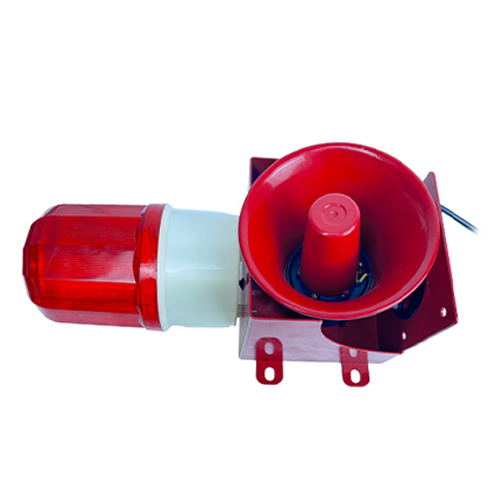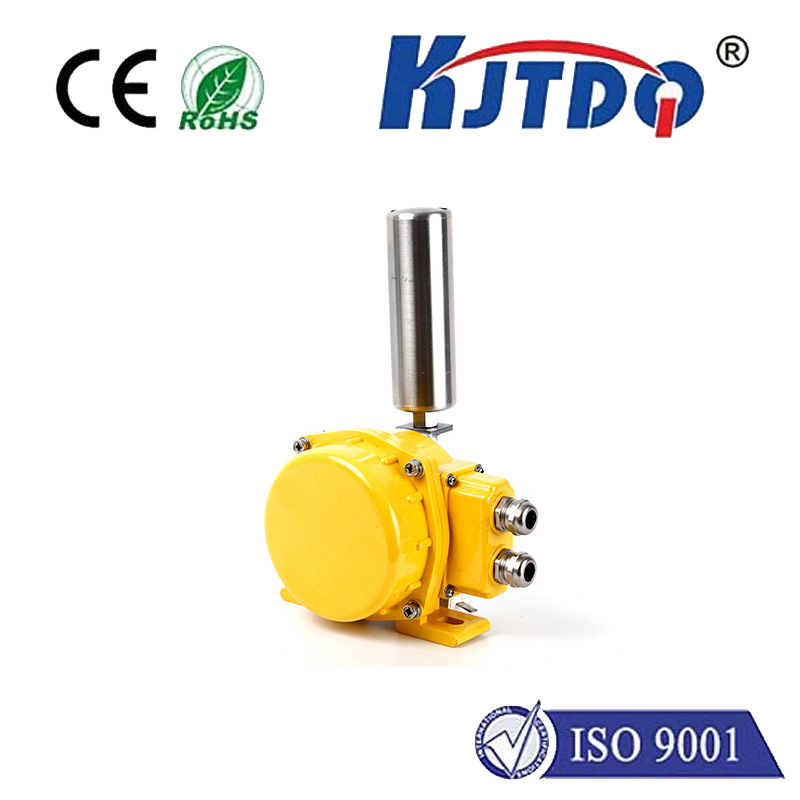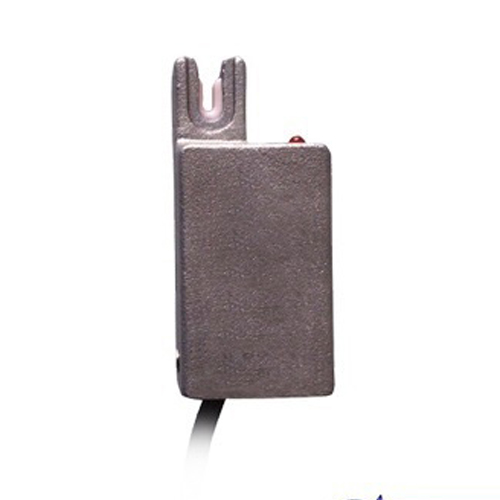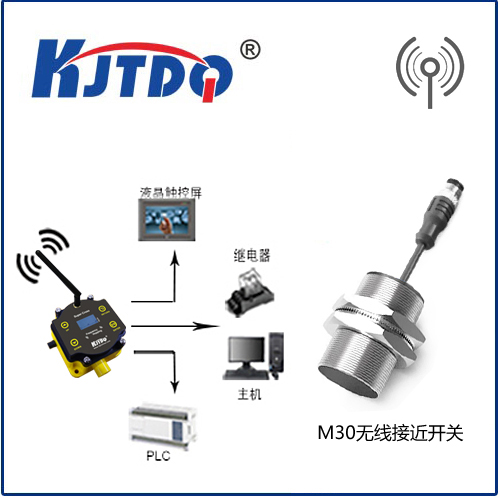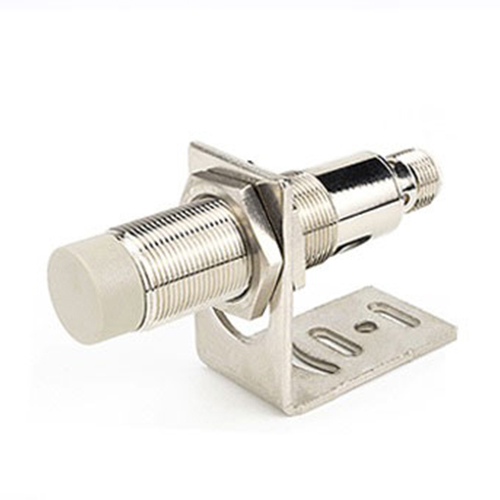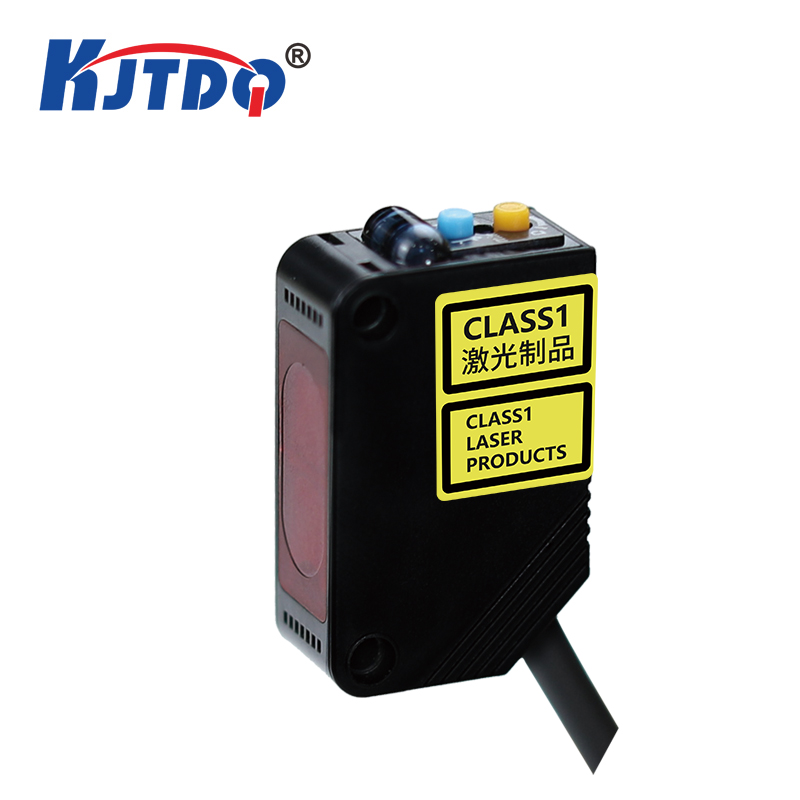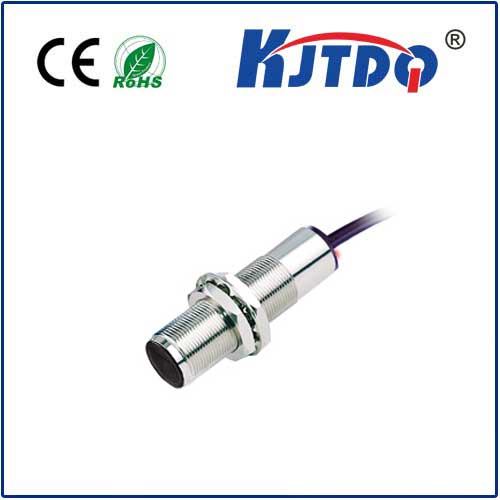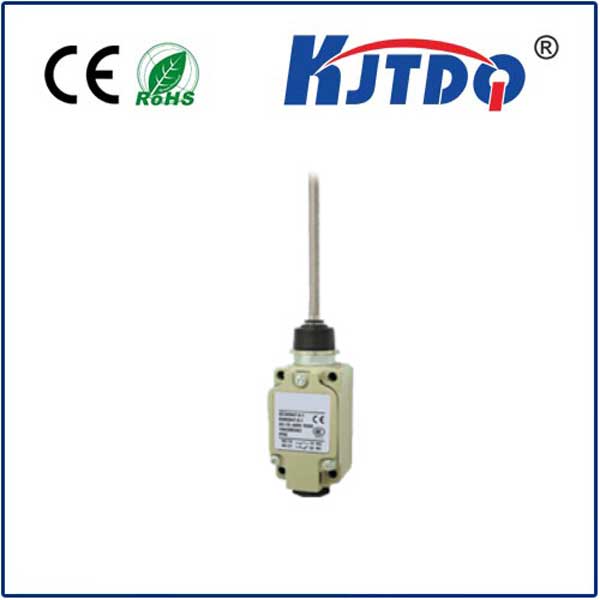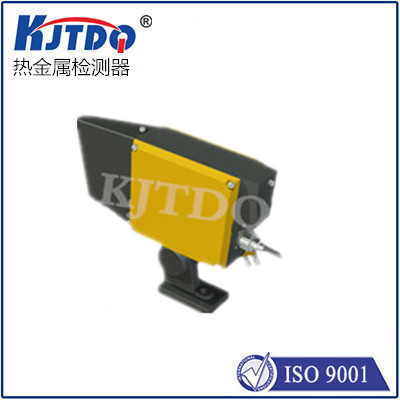low cost proximity sensor
- time:2025-09-06 01:22:21
- Click:0
Low Cost Proximity Sensors: Bringing Affordable Sensing Power to Your Projects
Imagine adding the ability for your device to “see” nearby objects without contact, triggering actions silently and reliably. What once required expensive, complex systems is now remarkably accessible. Low cost proximity sensors are revolutionizing how engineers, hobbyists, and businesses integrate object detection, offering a potent blend of affordability and functionality that unlocks a world of interactive possibilities.
These compact electronic components detect the presence, absence, or distance of objects within a specific range. Unlike cameras, they typically don’t “see” details; instead, they sense physical presence through various principles. The key differentiating factor? Significantly reduced cost, driven by advancements in semiconductor manufacturing, simplified designs, and mass production. This affordability isn’t about cutting corners on core functionality; it’s about making reliable proximity sensing economically viable for a vast array of applications where budget constraints previously ruled it out.
How Do Affordable Proximity Sensors Work?
Most low-cost variants rely on one of two fundamental technologies:

- Infrared (IR) Reflection: The most common type for basic presence detection. An IR LED emits an invisible infrared beam. If an object is nearby, this beam reflects back to a phototransistor or photodiode receiver on the same sensor module. The sensor circuitry detects this reflected signal. Crucially, the intensity of the reflection often correlates (roughly) with distance, allowing for basic proximity measurement alongside simple presence detection. Their simplicity makes them incredibly cost-effective.
- Ultrasonic: These sensors emit high-frequency sound waves (inaudible to humans) and measure the time it takes for an echo to return after bouncing off an object. Calculating distance is straightforward:
Distance = (Speed of Sound × Time of Flight) / 2. While generally slightly higher cost than basic IR types, ultrasonic sensors offer better range and more consistent distance measurement across different object surfaces and colors. They remain firmly in the “low cost” category compared to laser or complex vision systems.
Why the Price Revolution? The Drivers Behind Affordability
The dramatic drop in sensor costs isn’t accidental. Key factors include:
- Semiconductor Advances: Mass production of integrated circuits (ICs), including sensor-specific chips and microcontrollers that handle signal processing, has drastically lowered per-unit costs.
- Simplified Design & Integration: Pre-configured modules integrate the emitter, receiver, necessary optics or transducers, and basic signal conditioning circuitry onto a single, easy-to-use board. This eliminates complex design work for the end-user.
- Standardization & Scale: Huge demand, especially from consumer electronics (like smartphones for screen blanking), has driven massive manufacturing volumes, benefiting economies of scale.
- Competition: A thriving ecosystem of component manufacturers globally keeps prices competitive.
Where Low Cost Proximity Shines: Diverse Applications
The affordability of these sensors has blown open the doors for innovation:
- Consumer Electronics: Automatic screen dimming/turning off when a phone is held to the ear. Touchless gesture control in devices. Automatic soap dispensers and faucets.
- Robotics & Automation: Obstacle detection and avoidance for mobile robots, drones, and vacuum cleaners. Precise positioning on assembly lines for part counting or verifying placement. End-of-arm tooling proximity checks.
- Industrial Controls & Safety: Simple presence detection to confirm parts are in place before machining. Safety interlocks on machinery doors or guards. Liquid level detection in tanks (using non-contact sensing).
- Home Automation & IoT: Smart lighting that turns on when you enter a room. Touchless light switches. Automatic toilet flushers. Intruder detection systems (as part of a larger setup).
- Retail & Interactive Displays: Detecting customers approaching a display to trigger content. Touchless interactive kiosks.
- DIY & Hobbyist Projects: From interactive art installations and model railways to automated pet feeders and security systems – low cost proximity sensors are the gateway to adding smart sensing for makers.
Choosing the Right Low Cost Proximity Sensor: Key Considerations
While affordability is paramount, selecting the best sensor requires matching its capabilities to your needs:
- Detection Range: How close does the object need to be? Basic IR sensors often work best within a few centimeters; ultrasonic sensors can reach several meters.
- Detection Target: What are you sensing? IR reflection sensors can struggle with very dark, non-reflective, or transparent objects. Ultrasonic sensors handle diverse surfaces better but can be fooled by very soft, sound-absorbing materials.
- Accuracy & Resolution: Do you need precise distance measurement (favor ultrasonic) or just reliable presence/absence (IR often suffices)?
- Operating Environment: Consider ambient light interference (IR sensors need shielding), temperature extremes, dust, moisture, and acoustic noise (for ultrasonic).
- Output Type: Analog (provides a variable voltage corresponding to distance)? Digital (simple HIGH/LOW presence signal)? I2C/Serial (for direct microcontroller communication)? Choose based on your circuit.
- Power Consumption: Crucial for battery-powered projects. Simple IR sensors are generally very low power.
Maximizing Performance & Avoiding Pitfalls
Getting the best from your low cost proximity sensor often involves some practical tuning:
- Calibration is Key: Especially for distance measurement. Follow datasheet procedures to account for environmental factors or specific target characteristics.
- Mounting Matters: Ensure the sensor face is unobstructed and oriented correctly. Vibration can affect ultrasonic sensors.
- Environmental Shields: Shield IR sensors from strong ambient IR sources (like sunlight or incandescent bulbs). Protect ultrasonic sensors from drafts or loud noises near their operating frequency.
- Filtering for Stability: Implement simple software filtering (like averaging multiple readings) on the sensor output to reduce noise and false triggers. Debouncing digital signals is often essential.
- Avoiding False Triggers: Understand your sensor’s limitations. Position it so it only sees the intended target area. Use physical barriers (“baffles”) if necessary.
The Future is Accessible
Low cost proximity sensors are more than just cheap components; they represent democratization. They put sophisticated sensing capabilities – object detection, presence awareness, basic distance measurement – into the hands of designers, engineers, and hobbyists working on a budget. From enhancing user interfaces to enabling smarter automation and fueling creative DIY projects, affordable proximity sensing is a foundational technology driving innovation across countless fields. By understanding their principles, strengths, limitations, and best practices for implementation, you can effectively harness this powerful and accessible technology to bring your next project to life.






